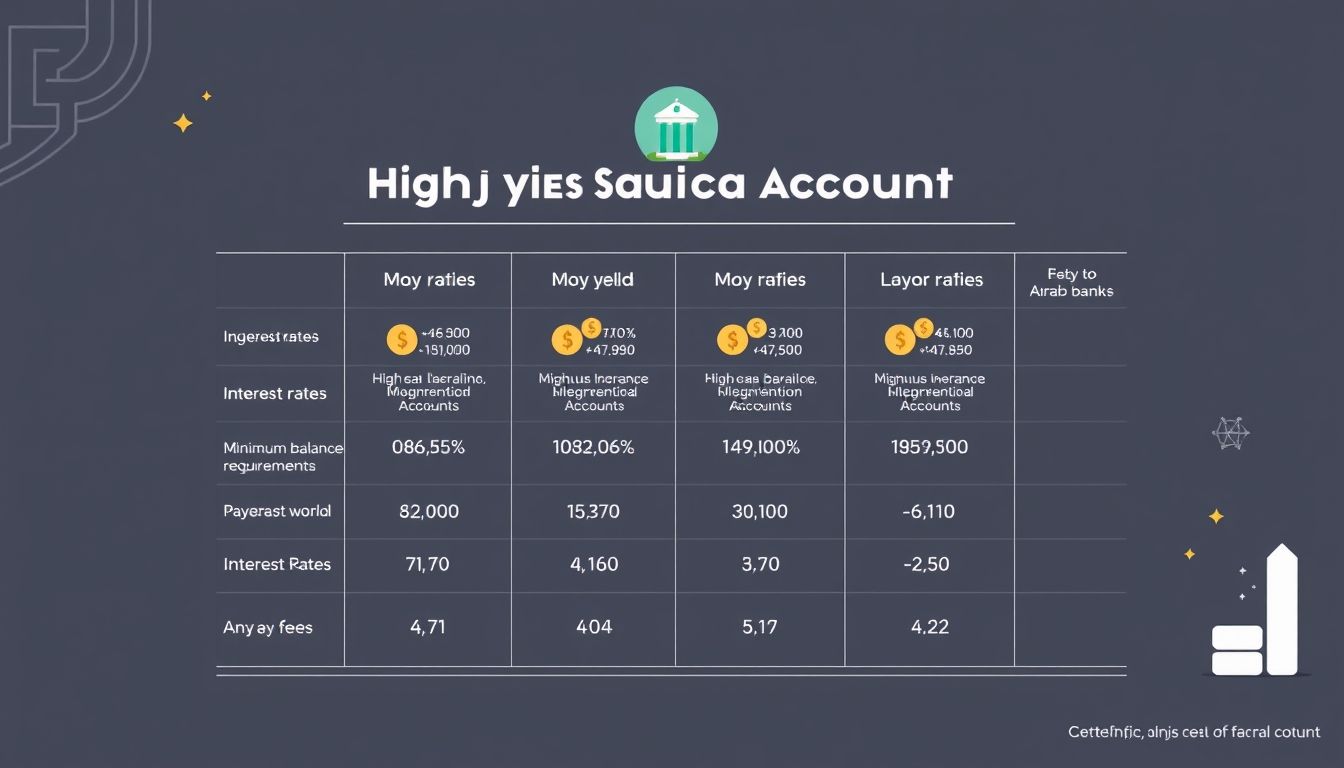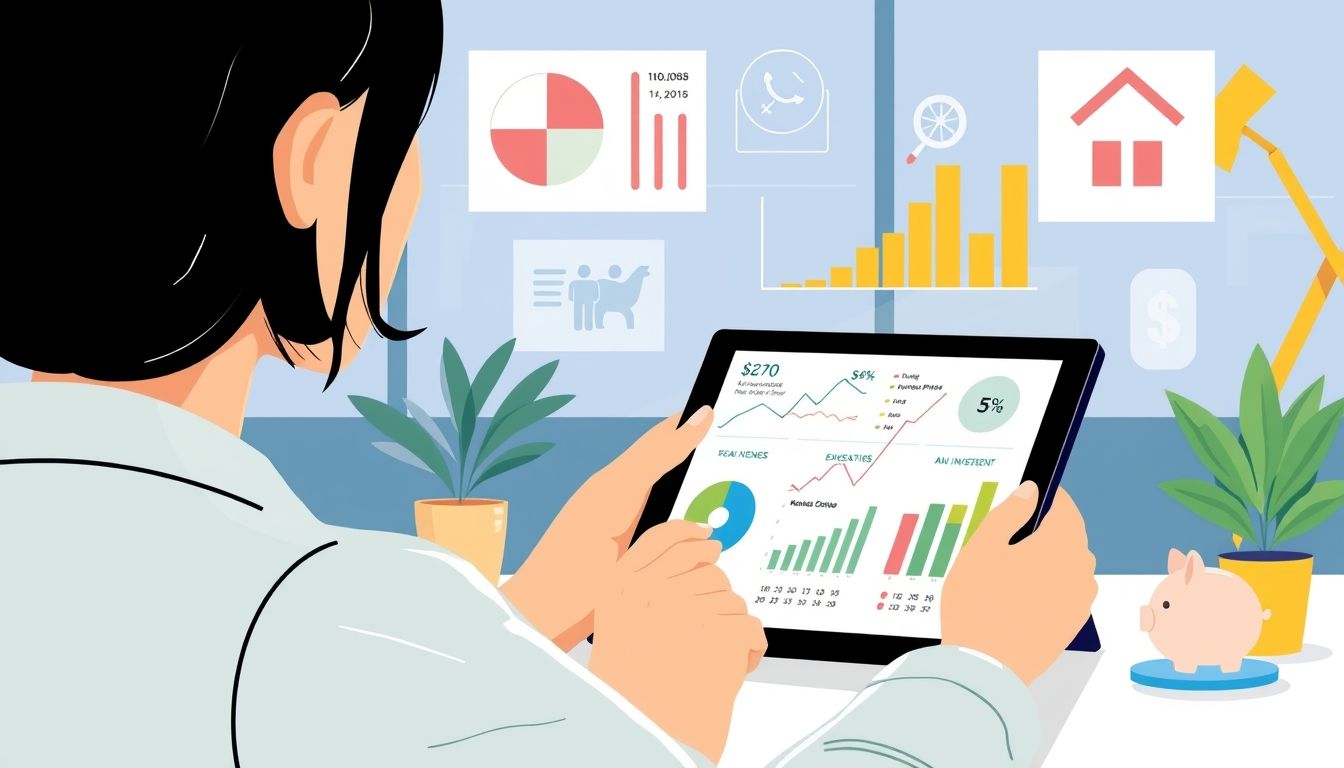Introduction: Why Do You Need a Personal Budget?
In a world full of consumer temptations and financial pressures, a personal budget becomes an indispensable tool for achieving financial stability and reaching long-term goals. A budget is not just a restriction on spending; it is a strategic plan that allows you to prioritize, track your money, and make conscious financial decisions.
Chapter 1: Understanding Your Current Financial Situation
Before starting to build a budget, it is essential to assess your current financial situation. This includes determining your net monthly income (after taxes) and calculating all your fixed and variable expenses.
1.1 Calculating Your Net Monthly Income
Start by identifying all sources of your monthly income, whether it's a salary, additional income from freelance work, investments, or any other sources. Then, subtract taxes and social security contributions to arrive at your net income.
1.2 Tracking Your Monthly Expenses
This step requires effort and careful monitoring. You can use expense tracking apps, a simple spreadsheet, or even a notebook to record every penny you spend. Divide your expenses into major categories such as:
- Rent/Mortgage
- Transportation
- Food
- Utilities (electricity, water, internet)
- Entertainment
- Debt
- Insurance
Practical Example: Let's say your net monthly income is $2,666 USD (approximately 10,000 SAR), and after tracking your expenses for a month, you find that you spend $2,133 USD (approximately 8,000 SAR). This means you have a surplus of $533 USD (approximately 2,000 SAR) that you can use for saving or debt repayment.
Chapter 2: Defining Your Financial Goals
An effective budget should be geared towards achieving specific goals. Define your short-term (less than a year), medium-term (one to five years), and long-term (more than five years) financial goals.
2.1 Examples of Financial Goals
- Short-Term: Paying off a credit card, accumulating an emergency fund, buying a new appliance.
- Medium-Term: Buying a car, saving for a down payment on a house, starting a small business.
- Long-Term: Retirement, children's education, investing in real estate.
Tip: Make your financial goals SMART: Specific, Measurable, Achievable, Relevant, and Time-bound.
Chapter 3: Creating a Realistic Budget
After understanding your current financial situation and defining your goals, you can start creating a realistic budget. There are several ways to create a budget, the most common being:
3.1 The 50/30/20 Rule
This method is simple and effective. Allocate 50% of your income to essential needs (rent, food, transportation), 30% to wants (entertainment, restaurants, clothes), and 20% to saving and debt repayment.
3.2 The Zero-Based Budgeting Method
In this method, you allocate every dollar of your income to a specific function, so that the sum of your expenses equals zero. This requires careful planning and continuous monitoring.
3.3 Using Budgeting Apps
There are many apps available that help you track your expenses and create a custom budget. Some examples include Mint, YNAB (You Need a Budget), and Personal Capital.
Practical Example: If your net monthly income is $2,666 USD (approximately 10,000 SAR), and you use the 50/30/20 method, you would allocate $1,333 USD (approximately 5,000 SAR) for needs, $800 USD (approximately 3,000 SAR) for wants, and $533 USD (approximately 2,000 SAR) for saving and debt repayment.
Chapter 4: Reducing Expenses and Increasing Income
To achieve your financial goals faster, it is necessary to look for ways to reduce expenses and increase income.
4.1 Ways to Reduce Expenses
- Review Utility Bills: Compare prices from electricity, internet, and phone companies, and choose the least expensive.
- Cook at Home: Instead of eating out frequently, try cooking at home and preparing your meals in advance.
- Cancel Unnecessary Subscriptions: Get rid of subscriptions you don't use regularly, such as TV streaming services or gym memberships.
- Shop Smartly: Look for deals and discounts before buying, and use coupons.
4.2 Ways to Increase Income
- Work Overtime: Look for additional work opportunities, whether part-time or freelance.
- Sell Unnecessary Items: Sell items you no longer use on online buying and selling sites.
- Invest: Start investing a portion of your savings in stocks, bonds, real estate, or investment funds.
Statistic: According to a recent study, the average person can save up to 15% of their monthly income by reducing unnecessary expenses.
Chapter 5: Debt Repayment
Debt is a major obstacle to achieving financial stability. If you have debt, it is essential to develop a plan to pay it off as quickly as possible.
5.1 Debt Repayment Strategies
- The Snowball Method: Start by paying off the smallest debt first, regardless of the interest rate. After paying off the smallest debt, move on to the next smallest debt, and so on.
- The Avalanche Method: Start by paying off the debt with the highest interest rate first. This method helps you save money in the long run.
- Debt Consolidation: Consolidate all your debts into a single loan with a lower interest rate.
Practical Example: If you have three debts: a credit card with a balance of $1,333 USD (approximately 5,000 SAR) at 20% interest, a personal loan with a balance of $2,666 USD (approximately 10,000 SAR) at 10% interest, and a car loan with a balance of $5,333 USD (approximately 20,000 SAR) at 5% interest, you can choose the snowball method and start by paying off the credit card first.
Chapter 6: Building an Emergency Fund
An emergency fund is a savings account dedicated to covering unexpected expenses, such as job loss, car repair, or medical expenses. It is recommended to save at least 3 to 6 months of living expenses in an emergency fund.
6.1 How to Build an Emergency Fund
- Determine the Target Amount: Calculate your average monthly expenses and multiply it by 3 or 6 to determine the amount you need to save.
- Allocate a Portion of Your Income: Allocate a portion of your monthly income to the emergency fund, even if it's a small amount.
- Open a Separate Savings Account: Open a separate savings account for the emergency fund, and try not to use it except in genuine emergencies.
Tip: Keep the emergency fund in an account that is easily accessible but not linked to an ATM card to avoid the temptation of using it for unnecessary expenses.
Chapter 7: Investing for the Future
Investing is a way to increase your wealth in the long term. Start investing a portion of your savings in stocks, bonds, real estate, or investment funds.
7.1 Types of Investments
- Stocks: Represent a share in the ownership of a company. Stocks can be very profitable, but they also carry high risk.
- Bonds: Represent a loan you provide to the issuer (government or company). Bonds are less risky than stocks, but they are also less profitable.
- Real Estate: Real estate can be a good investment in the long term, but it requires a large capital.
- Investment Funds: Pool money from many investors and invest it in a variety of assets. Investment funds are a good way to diversify your investments.
Warning: Before investing, conduct thorough research and consult a financial advisor. Never invest more than you can afford to lose.
Chapter 8: Reviewing and Adjusting Your Budget Regularly
A budget is not a static document, but a living plan that should be reviewed and adjusted regularly. Review your budget monthly or quarterly to ensure it still meets your needs and financial goals.
8.1 When Do You Need to Adjust Your Budget?
- When your income or expenses change significantly.
- When you achieve a financial goal or set a new one.
- When economic conditions change.
Tip: Be flexible and willing to adjust your budget as needed. Don't be afraid to make changes if your budget is not working well.
Chapter 9: Dealing with Unexpected Expenses
No matter how well you plan, you will inevitably face unexpected expenses. It is important to be prepared to deal with these expenses without affecting your budget.
9.1 Strategies for Dealing with Unexpected Expenses
- Use the Emergency Fund: This is the main reason for having an emergency fund. Use it to cover unexpected expenses without having to borrow.
- Cut Unnecessary Expenses: If you don't have enough of an emergency fund, try cutting unnecessary expenses temporarily to save money.
- Look for Additional Sources of Income: If possible, look for additional sources of income to cover unexpected expenses.
Example: If your car breaks down and you need to repair it, you can use the emergency fund to cover the repair costs. If you don't have enough of an emergency fund, you can cut entertainment and dining out expenses temporarily to save money.
Chapter 10: Maintaining Motivation and Commitment
Building an effective personal budget is a long journey that requires commitment and motivation. It is important to find ways to stay motivated and committed to your budget in the long term.
10.1 Ways to Stay Motivated
- Remember Your Goals: Keep a clear picture of your financial goals in mind. This will help you stay committed to your budget.
- Reward Yourself: When you achieve a small financial goal, reward yourself with something you enjoy.
- Seek Support: Talk to friends, family, or a financial advisor for support and encouragement.
- Track Your Progress: Monitor your progress towards achieving your financial goals. This will help you stay motivated.
Final Tip: Be patient and persistent. Building an effective personal budget takes time and effort, but the results are worth it.




